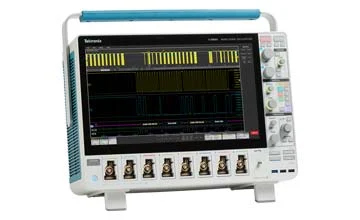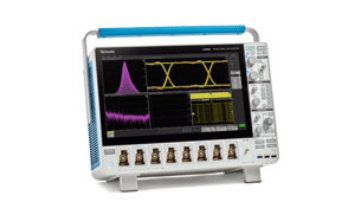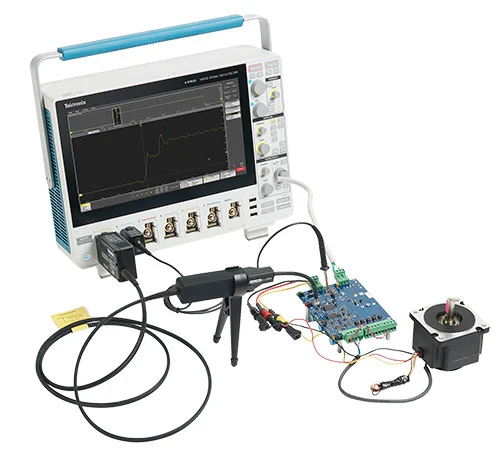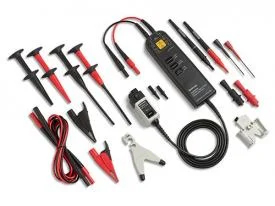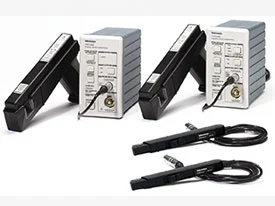
SiC and GaN Introduces New Testing Challenges
The rising use of Silicon Carbide (SiC) and Gallium Nitride (GaN) to improve data center power efficiency, speed up EV charging time and EV powertrain efficiency, and improve power conversion requires new validation testing approaches and a better understanding of device performance. Understanding how to make the right measurements and using the right measurement instrumentation is key to a faster time to market for your power conversion designs.
Techniques for Repeatable Material Science Measurements
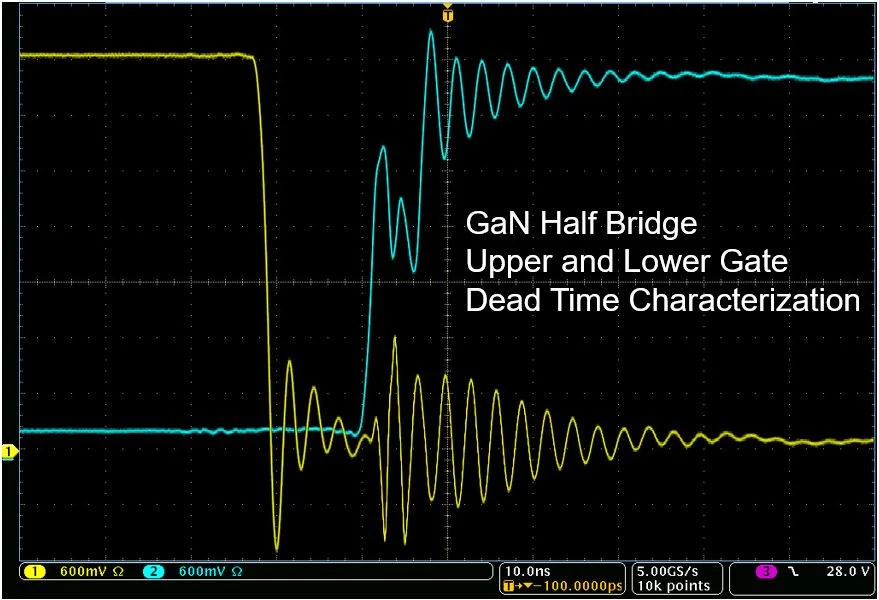 Overcome High Common Mode Voltages
Overcome High Common Mode Voltages
Floating differential measurements (such as high-side Vgs) are difficult or impossible
to make due to high frequency (fast turn ons and turn offs), and the presence of high
common mode voltages (such as Vds) because oscilloscope probes do not have
sufficient common mode rejection at high bandwidth. The poor common mode rejection
leads to the measurement being dominated by the common mode error instead of the
actual differential signal. These issues can be easily resolved using Tekronix’s IsoVu
isolated probes that do not de-rate with frequency at the operating requirements of GaN
and SiC devices, allowing you to make accurate differential measurements. With IsoVu,
you can precisely calculate and prove conduction losses, dead time losses, and switching
losses.
Case Study: Panasonic turns to IsoVu Technology to Shorten Development Time
Accurately Measuring High Speed GaN Transistors
Learn more about IsoVu Isolated Probes
Simultaneously Measure Multiple Control and
Timing Signals
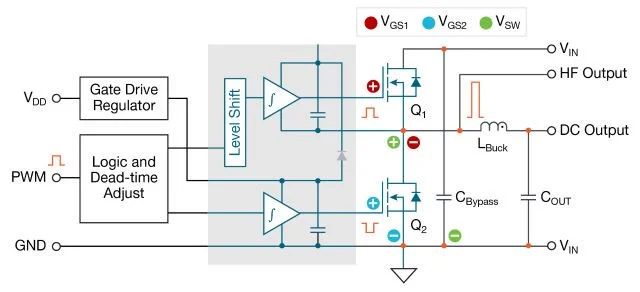
When evaluating new power converters that rely on SiC or
GaN technology with faster switching frequencies, you will face
the challenge of simultaneously monitoring multiple signals,
in addition to working on the controls and timing circuitry of the
converter. For example, you’ll be measuring high side Vgs, low
side Vgs, high side Vds, low side Vgs, Id, IL and Iload, and control
signals. You may also need to measure low voltage signals (Vgs)
signals in the presence of high voltage signals (Vds). An oscilloscope
with a high channel count and high vertical resolution can solve your
problems.
Verifying Power Supply Sequencing with an 8-Channel Oscilloscope
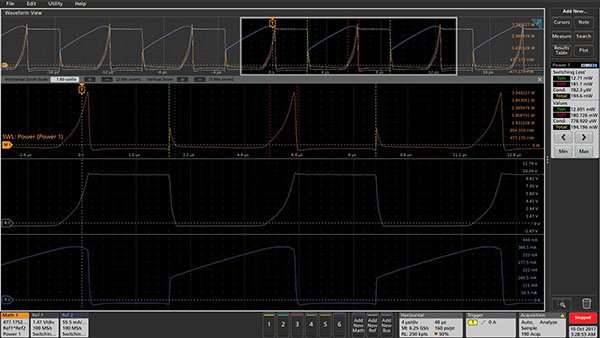 Faster Automated Power Measurements
Faster Automated Power Measurements
High resolution, multiple acquisition averaging, and complex waveform math are
required in order to make accurate, repeatable switching and conduction loss
measurements on high frequency SiC and GaN devices. Even measurements
such as power quality, harmonics, safe operating area, and switching losses
require a level of automation in the measurement process to all the information
you require. Tektronix’s 5 Series MSO oscilloscopes with the 5-PWR option and
probing solutions provide the automated measurement capabilities you require
during design development and debug.
Power Supply Measurement and Analysis
Switching Loss Measurement and Analysis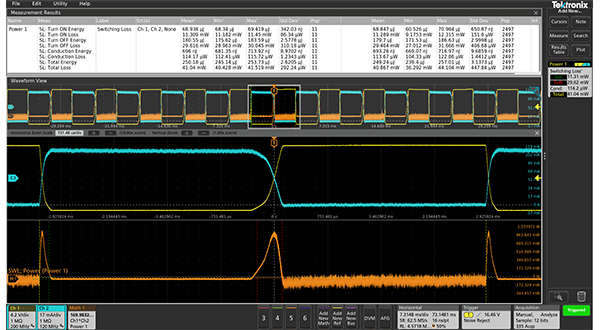
With the demand for improving power efficiency and extending the operating time of
battery-powered devices, engineers are switching to SiC and GaN from traditional silicon
for their designs. The ability to analyze power loss and optimize power supply efficiency
is more critical than ever before. One of the key factors in efficiency is the loss in
switching devices. For example, a typical switch-mode power supply might have an
efficiency of about 87%, meaning that 13% of the input power is dissipated within
the power supply, mostly as waste heat. Of this loss, a significant portion is
dissipated in the switching devices, usually MOSFETs or IGBTs. Tektronix makes
it easy with the 5 and 6 Series MSO oscilloscopes and automated power analysis
software to make switching loss measurements.
Measuring Power Supply switching Loss with an Oscilloscope
Products

 KALİBRASYON LABORATUVARI
KALİBRASYON LABORATUVARI
 Overcome High Common Mode Voltages
Overcome High Common Mode Voltages 
 Faster Automated Power Measurements
Faster Automated Power Measurements
